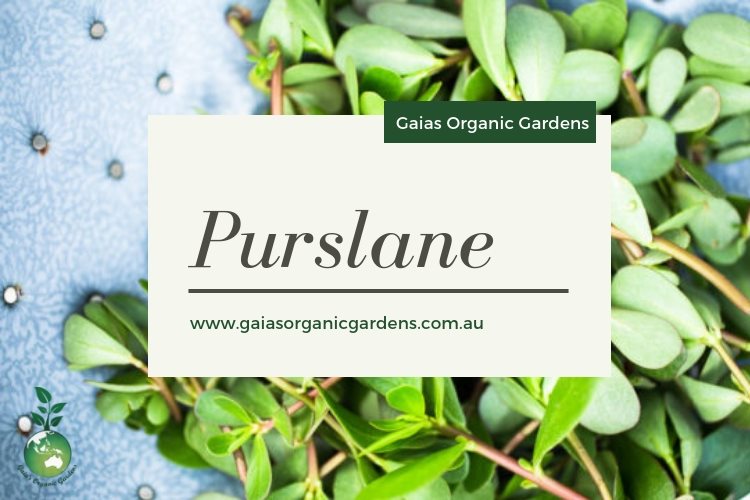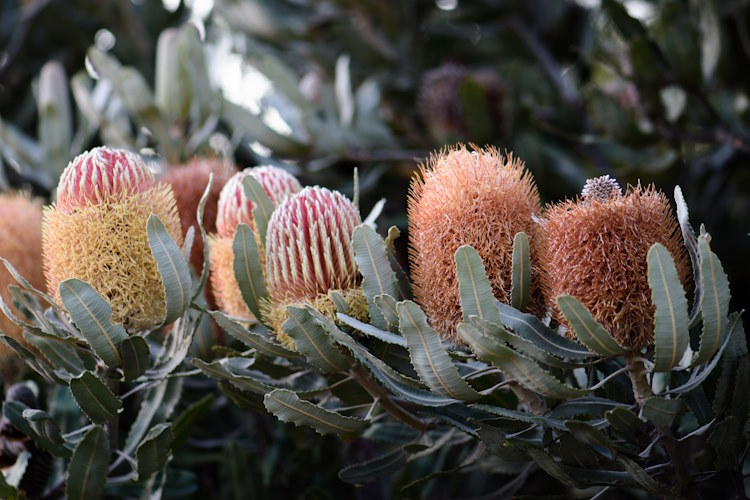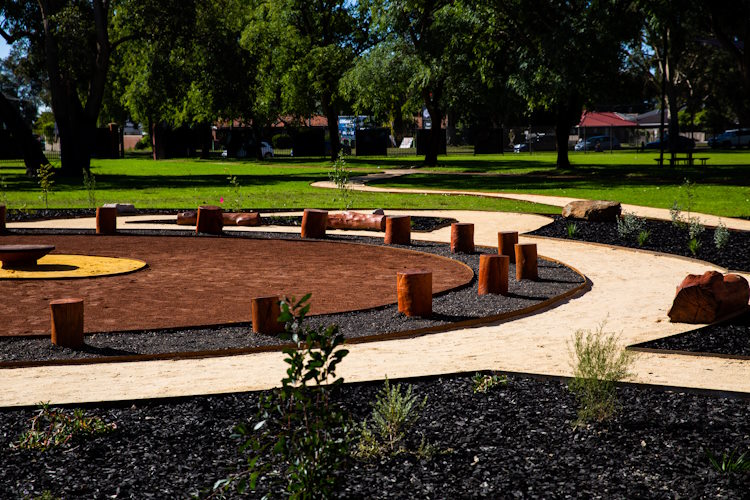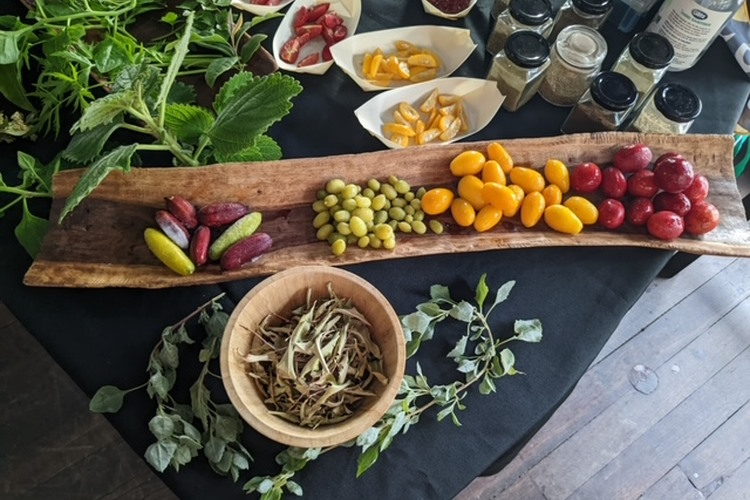The purslane is one of those plants that people can’t decide whether to keep them or remove from their garden. It usually pops up in between the rows of your more desirable plants. It will take over your garden plots if you don’t harvest them as it can grow in almost anywhere where there is ground to take up root. It can grow in small patches of land and through pavement cracks. A noxious weed according to USDA. =)
How to Grow Purslane
Growing purslane is pretty easy as it grows quite happily in poor and disturbed soils. Purslane can be propagated from both seeds and pieces of the stem. Seeds germinate at a high soil temperature of 90 degrees and begins to produce flowers and seeds in as little as three weeks.
pH Level: 6.1 – 6.5
Purslane’s Health Benefits
Recent research demonstrates that purslane has better nutritional quality than the major cultivated vegetables. It is as a “superfood,” contains very high amounts of omega-3 fatty acids. Purslane has the highest level the omega-3 fatty acid alpha-linolenic acid (ALA 300-400 mg). It is also the richest source of gamma-linolenic acid (LNA, 18:3 w3) (4 mg/g fresh weight) of any green leafy vegetable. (Study) Omega-3 fatty acids are essential nutrient that plays a big role in preventing heart disease. These important nutrients are critical for the normal production and functioning of cells, muscles, nerves and organs.
Also high in zinc, manganese, phosphorus, calcium and copper. Zinc is responsible for improving immune system function. It is also responsible for fighting off free radicals.
Purslane is an excellent source of vitamin A – It has the highest amount of vitamin A present in any leafy vegetable! Vitamin A is important for normal vision, skin and the immune system. Getting vitamin A is crucial to maintaining overall health.
Purslane’s Uses
Purslane has been widely used to treat illnesses and body aches. It can work as a topical treatment to help with headaches, inflammation and even fever. Expressed juice of the plant has been used for prickly heat, as well as burning discomfort of hands and feet. Purslane juice has also been used as a remedy for dry cough and respiratory ailments. Purslane tea can also be used to alleviate toothache. Aside from these wonderful medicinal purposes, it can also be added to recipes for main dishes and salads to add flavor and boost the nutritional content.
Purslane Recipe You Should Try:
Ingredients:
6 cups packed tender purslane sprigs and leaves
1 tablespoon finely chopped shallot
1/2 pound cherry tomatoes
4 cups packed flat-leaf parsley leaves
1 tablespoon fresh lemon juice
3 tablespoons olive oil
Procedure:
Whisk together oil, lemon juice, shallot, and 1/4 teaspoon each of salt and pepper in a large bowl. Add tomatoes, purslane, and parsley, gently tossing to coat.
Reference: https://www.ncbi.nlm.nih.gov/pmc/articles/PMC3934766/






